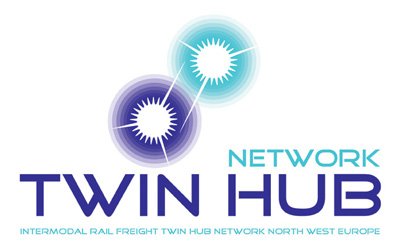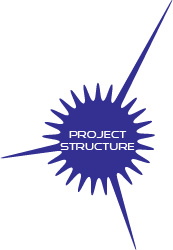Objectives
1) to clarify whether the project aims are achieved by means of the Twin hub network. For this reason the work package shows the (net) benefits of the Twin hub network for relevant societal clusters. These are the intermodal sector, the regions, European policies, and the community as a whole. The benefits refer to the pilot and the potential Twin hub network. The latter was the output of work package 1;
2) to increase the interest and commitment of key stakeholders for the Twin hub network, using the net benefits as argument. The communication of the benefits to stakeholders hopefully encourages a) other companies to join or support the Twin hub network enabling it to evolve to fulfil its potential proportions, and b) relevant actors to facilitate the network, for instance in the field of infrastructure as addressed in WP 3;
3) to derive recommendations as to how improved European transport and infrastructure policies could support initiatives such as the Twin hub network more appropriately. The hypothesis leading to this part of the objective is that the bundling dimension is insufficiently incorporated in European transport and infrastructure policies. Furthermore, demonstrating the benefits will strengthen the self-confidence of the intermodal rail sector including SMEs and encourage companies to reinvent and innovate their services and other products, all in the interest of making the sector more attractive and shifting flows from road to rail, in this way responding to the overall project aims mentioned and described before.
Actions
- action 11: the intermodal sector (rail, nodes, pre- and post-haulage);
- action 12: the regions (large ports, small ports, inland terminals and their service areas);
- action 13: European policies with regard to employment and sustainability (including the Lisbon and Gothenburg strategies) and transport and infrastructure networks;
- action 14: the community as a whole.
1) a report about the societal benefits of the Twin hub network in the pilot phase and in the phase that many promising connections are included in the network. The report focuses on the benefits for the intermodal sector, for the regions served by the Twin hub network, and the benefits for European policies, including suggestions for the improvement of European policies;
2) a report summarising the WPs and the conclusions of the entire project, and synthesising integral conclusions;
3) a DVD/video presenting the highlights of the Twin hub project.




